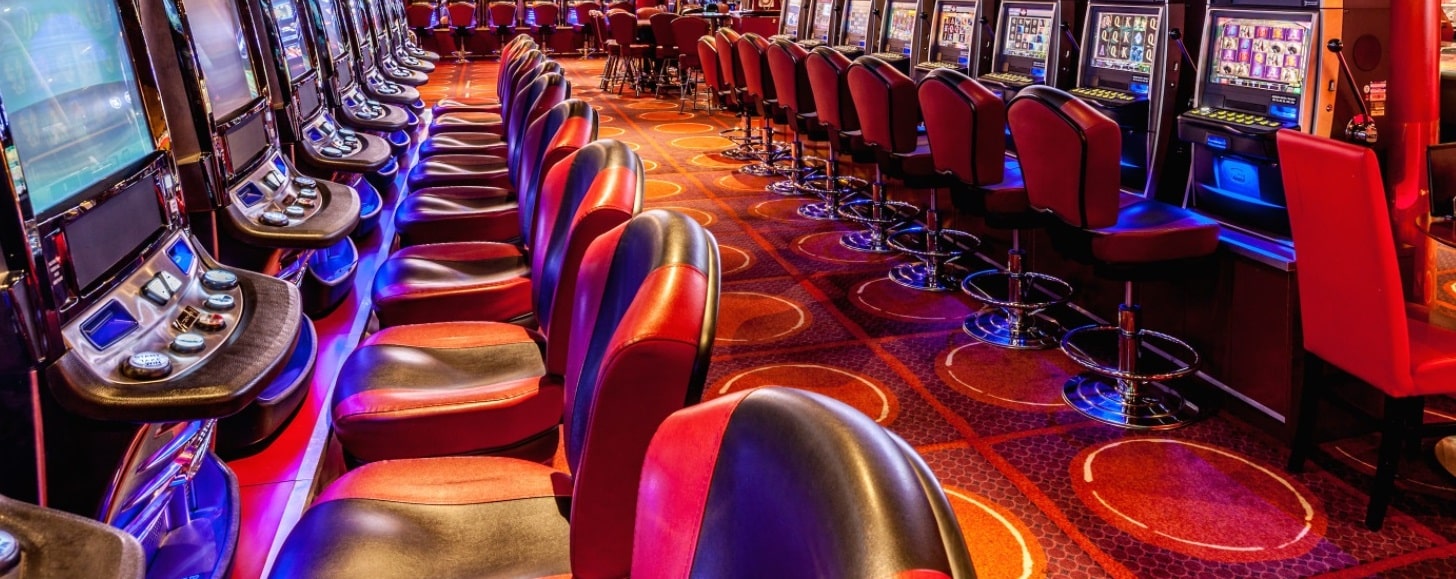
In the heart of Seoul, the Gangnam district has gained a reputation with trendy aesthetics, and at the core of this vibrant culture are the distinctive establishments known as Shirt Rooms in Gangnam. These spaces offer more than just a place to try on shirts; they provide a customized experience that meets the wide-ranging styles of both residents and visitors alike. With their inviting atmosphere and custom service, these shirt rooms have transformed the way people think about fashion in the lively area. 강남셔츠룸
What sets Gangnam Shirt Rooms differentiates them from traditional retail stores is their enticing blend of artful design and skill. Here, customers can immerse themselves in the experience of creating a shirt that reflects their unique style and identity. From selecting the fabric to selecting the exact cut and design, each visit becomes a noteworthy journey of self-expression. As the interest of these shirt rooms continues to grow, they are redefining the fashion landscape, making bespoke clothing available to a larger audience and inviting everyone to join in on the journey of their own style evolution.
This Concept of Shirt Spaces
Shirt rooms have surfaced as a distinctive cultural trend, notably in vibrant urban areas like Gangnam. These spaces provide a tailored experience for shoppers seeking fashionable shirts absent of the hassle of conventional shopping environments. In such spaces, patrons can explore a diverse selection of fabrics, designs, and sizes, all while enjoying a comfortable environment distinct from the chaos of shopping malls. The essence of these spaces lies in customization, as every client can showcase their unique tastes and choices in the selection of their attire.
The design of these spaces typically encourages engagement between patrons and trained personnel, fostering a cooperative atmosphere where fashion advice and assistance thrive. With knowledgeable associates at their disposal, shoppers receive personalized suggestions and can play around with various pairings to match their individual preferences. This customized assistance not only enhances the purchase process but also fosters a feeling of belonging among patrons. As conversations flow, customers leave with clothes that appear uniquely theirs and bear an a reflection of their identity.
In this district, the shirt space concept aligns perfectly with the district’s lively atmosphere and focus on individuality. Style-conscious people congregate in these rooms to design their own appearances, mixing contemporary trends with traditional craftsmanship. The popularity of shirt rooms reflects a change in shopping habits, as more shoppers seek significant shopping experiences that go beyond simple transactions. In this regard, these spaces stand as a testament to the evolving nature of retail, where personal identity and individual expression take the main focus.
Societal Significance in Gangnam
Gangnam Shirt Rooms have emerged as cultural landmarks within the vibrant atmosphere of Gangnam, a district renowned with wealth and elegance in Seoul. These establishments have transformed into social hubs where new professionals and fashion enthusiasts gather not only to shop but to express their individuality. The shirt rooms encourage a unique blend of personal style, allowing shoppers to choose from a variety of fabrics, colors, and designs. This extent of customization connects deeply with the values of self-expression prevalent in contemporary South Korean culture.
Furthermore, the Gangnam Shirt Room phenomenon corresponds with the global trend of personalization in fashion. It reflects a shift away from mass-produced clothing in favor of bespoke options that cater to individual tastes. This movement is particularly important in Gangnam, where fashion is essential to social identity. The shirt rooms stand as a testament to the district’s priority on appearance and status, as each custom shirt tells a unique story showing its wearer’s character and lifestyle.
In addition to their fashion significance, Gangnam Shirt Rooms contribute to the local economy and cultural landscape. They draw both locals and tourists seeking a unique experience that encapsulates the essence of Gangnam style. By participating in these distinct businesses, customers not only take home a slice of the cultural tapestry but also promote emerging designers and entrepreneurs. Thus, the impact of shirt rooms extends beyond clothing, fostering a sense of community and collaboration within the ever-evolving fabric of Gangnam’s identity.
The Future of Personalized Fashion
As the apparel sector continues to develop, customized fashion is quickly gaining popularity, particularly in places like Gangnam. The expansion of technology and customer desire for uniqueness is propelling innovative concepts like Shirt Rooms in Gangnam, where customers can tailor their garments to illustrate their unique styles and tastes. This shift marks a notable break from conventional retail, as bespoke apparel allows individuals to show their identities through fashion in methods that mass-produced clothing is unable to.
The integration of advanced technology, such as 3D modeling and digital design, improves the customized journey offered by Gangnam Shirt Rooms. These places enable customers to visualize their creations in real time, making the process interactive and involving. With the capacity to mix and match materials, colors, and cuts, customers leave with clothing that not just fit flawlessly but also align deeply with their individual aesthetics. This degree of customization nurtures a deeper connection between the buyer and the label, promoting fidelity and continued engagement.
Looking forward, the future of personalized fashion in the Gangnam district is promising. As customer knowledge about eco-friendliness grows, bespoke clothing choices become increasingly attractive. Tailoring emphasizes quality over mass production, aligning with more responsible apparel consumption practices. Gangnam Shirt Rooms are set to lead the movement, transforming how people approach clothing and setting a new standard for fashion that honors individual identity. This evolution not only enhances the fashion landscape but also enables people, allowing them to create and sport items that tell their unique stories.